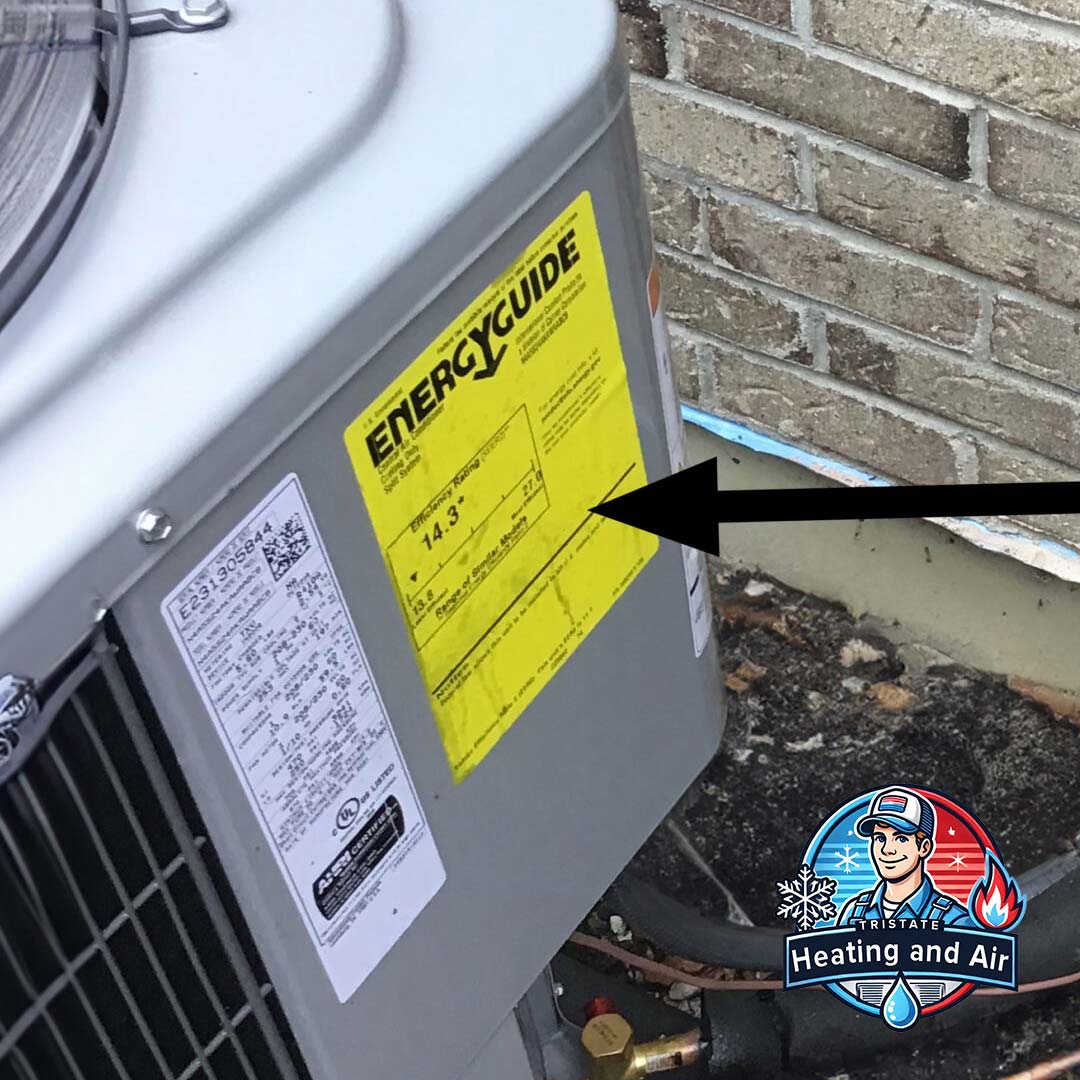Published: Sep 16, 2024

When shopping for a new HVAC system, you’ll encounter various efficiency ratings that can significantly impact your energy bills. Terms like SEER, AFUE, and HSPF might seem confusing at first, but understanding what they mean and how they’re calculated can help you make an informed decision. In this article, we’ll break down the key HVAC efficiency ratings, explain their importance, and show how choosing a high-efficiency system can lead to substantial savings on your energy bills.
The SEER rating measures the efficiency of air conditioners and heat pumps in cooling mode. It’s calculated by dividing the cooling output of the system over a typical cooling season by the total energy consumed in watt-hours during the same period.
The AFUE rating measures the efficiency of furnaces in converting fuel to heat. It’s expressed as a percentage, indicating how much fuel is converted to usable heat versus how much is lost during the process.
The HSPF rating measures the efficiency of heat pumps in heating mode. It’s calculated by dividing the total heating output during the heating season by the total electricity consumed in watt-hours during the same period.
While efficiency ratings provide valuable information, the actual impact on your energy bills depends on several factors, including your home’s size, insulation, local climate, and how often you use your HVAC system.
Choosing the right HVAC system involves balancing efficiency, cost, and your specific needs. While higher efficiency ratings generally mean better performance and lower energy bills, it’s important to choose a system that fits your budget and usage patterns.
Understanding HVAC efficiency ratings like SEER, AFUE, and HSPF is essential for making an informed decision when purchasing a new system. These ratings directly impact your energy bills, and choosing a high-efficiency system can lead to substantial savings over time. By considering your home’s needs, usage patterns, and the long-term benefits of efficiency, you can select an HVAC system that keeps your home comfortable while minimizing energy costs.

Our expert technicians are ready to assist you 24/7!
Contact Us Today!Read our latest articles for helpful information about heating, cooling, and air quality.
Regular maintenance and timely tune-ups are essential for ensuring your HVAC system operates efficiently and effectivel...
Read MoreSmart thermostats are a wise choice for homeowners seeking to enhance energy efficiency, save on utility bills, and opt...
Read MoreDebunking common HVAC myths is crucial for homeowners to make informed decisions about their heating and cooling system...
Read MoreRegular HVAC maintenance is crucial for homeowners to improve energy efficiency, extend equipment lifespan, enhance indo...
Read More